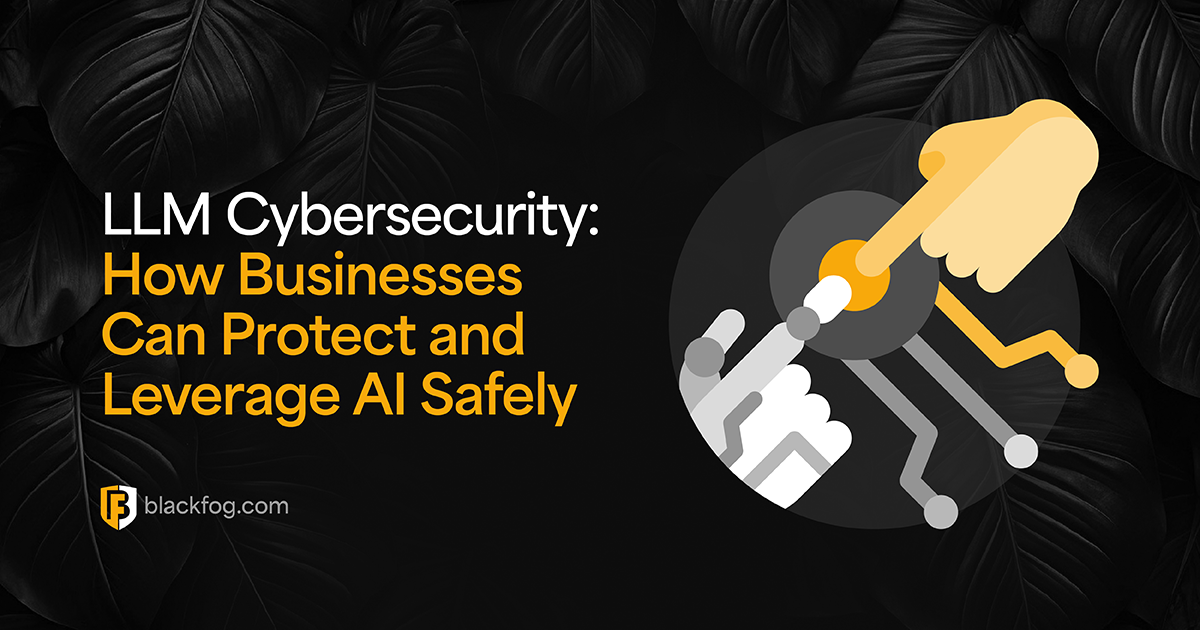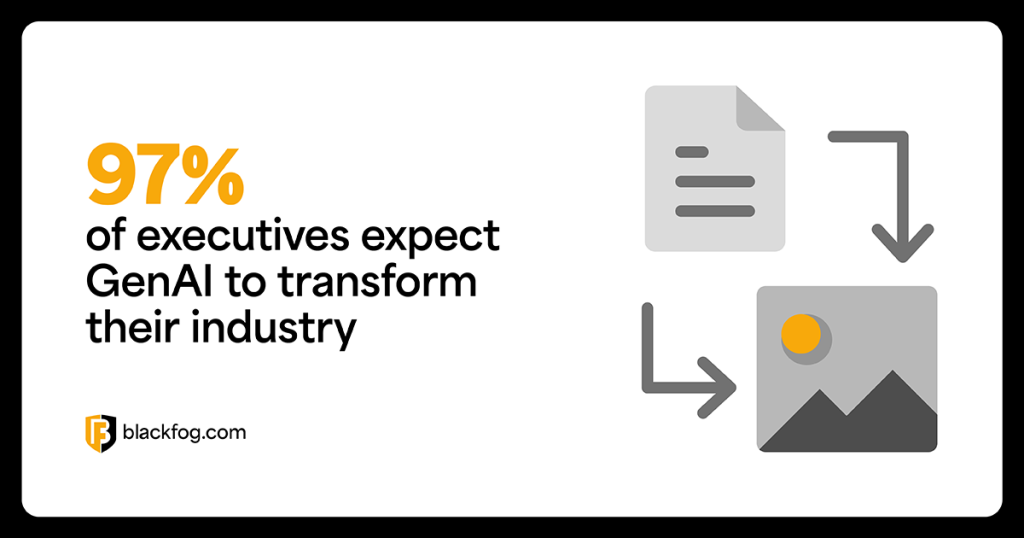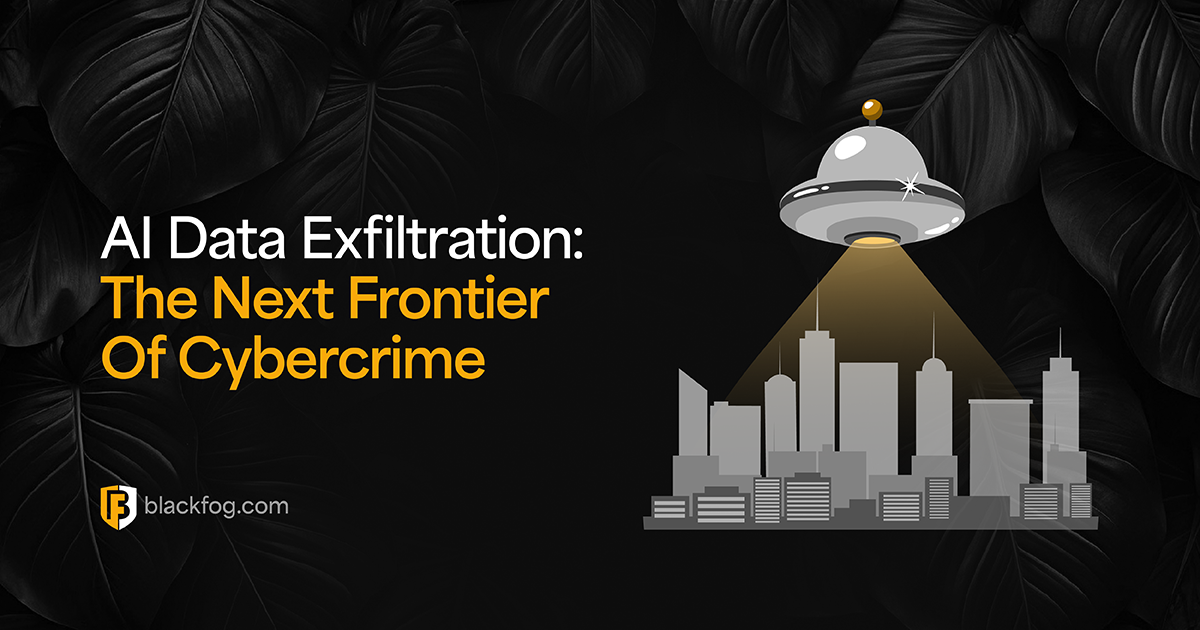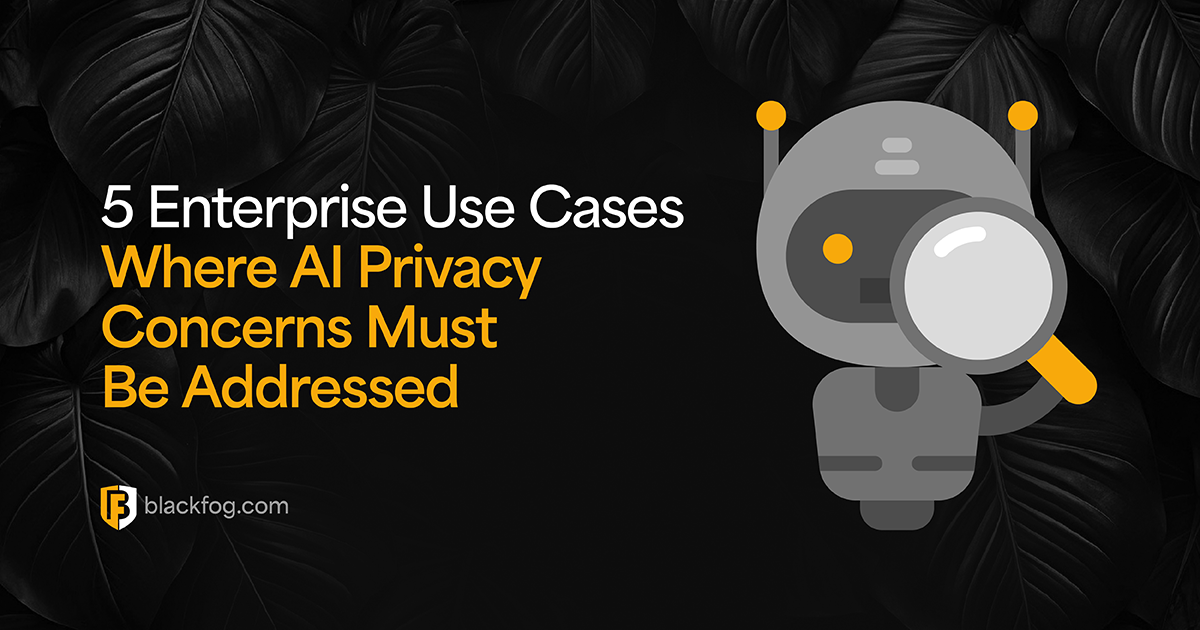
LLM Cybersecurity: How Businesses Can Protect and Leverage AI Safely
The rapid rise of artificial intelligence in business has brought new levels of speed, automation and efficiency to many business operations. In particular, large language models (LLMs) and generative AI have been adopted across a wide range of functions. This technology is now used in everything from automating customer service and summarizing reports to supporting decision-making and generating content.
However, as these systems become more embedded in daily operations, they also introduce a new set of cybersecurity concerns such as prompt injection attacks. LLMs often ingest and process large volumes of sensitive data, making them an attractive target for cybercriminals. Without the right safeguards, these tools can expose businesses to serious security and compliance risks.
The New Threat Landscape

Adopting large language models gives businesses new capabilities, with those that fail to adapt to this at risk of being left behind. Indeed, according to Accenture, 97 percent of executives say generative AI will transform their industry, with two-thirds (67 percent) prioritizing investments in data and AI as a result.
But this also creates new openings for cyberattacks. LLMs often operate across departments, connect with external data sources and interact with users in real-time. This makes them a complex and dynamic attack surface that is often poorly understood. Without proper controls, LLMs can introduce several key vulnerabilities, including:
- Prompt injection: Attackers craft inputs that override the model’s instructions, causing it to leak data or perform unauthorized actions.
- Prompt leaking: Malicious users extract the system’s internal instructions or context, exposing sensitive configurations.
- Model manipulation: Carefully crafted inputs exploit how the model interprets language, causing it to behave in ways that bypass intended safeguards.
At the same time, cybercriminals are also using generative AI offensively. These tools help them write convincing phishing emails, automate social engineering, generate malicious code and create fake content. Tools like WormGPT have already shown how publicly-available generative AI can be repurposed to support increasingly sophisticated attacks. As adoption grows, so does the potential for misuse. This shift demands new, more adaptive security defenses.
Securing LLM Deployments: Key Risks and Responsibilities
LLM technologies introduce a range of complex security and governance challenges that must be addressed from the outset. In particular, the way these solutions handle sensitive and confidential information requires close scrutiny. AI systems process high volumes of sensitive data, including customer records, internal communications and intellectual property. If exposed or mishandled, the consequences can be severe.
A major concern is the lack of meaningful oversight. LLMs operate based on probabilistic models rather than deterministic logic, making their behavior difficult to predict. In many cases, even the developers of these systems cannot fully explain how data is used, retained or referenced within the system – the so-called ‘black box’ problem. This uncertainty increases the risk of accidental data leakage, reputational harm and regulatory violations.
These tools also present compliance risks. In industries governed by data protection laws such as GDPR, HIPAA or CCPA, unauthorized data handling by LLMs can result in breaches of regulatory requirements, leading to penalties or legal action. Businesses must understand how data flows through these systems and ensure appropriate safeguards are in place to prevent exposure, misuse or non-compliant processing.
To mitigate these risks, businesses have several critical responsibilities they must implement, including:
- Careful data handling: Limit the exposure of sensitive information by restricting what is passed to the model, especially in public or shared environments.
- Continuous monitoring: Regularly review prompts, responses and system behavior to detect unusual patterns or potential data leaks.
- Strict access controls: Ensure only authorized users can interact with or configure the LLM, and apply role-based permissions to sensitive features.
- Clear audit trails: Maintain logs of interactions to support investigations and ongoing risk assessment.
Strong governance and proactive monitoring are essential for deploying LLMs securely and responsibly.
Best Practices for LLM Cybersecurity
As LLM adoption accelerates, security teams must approach these tools with the same rigor applied to any high-risk system. However, there are a few key considerations that must be kept in mind when protecting these tools.
Unlike many types of legacy software, LLMs interact directly with users to generate information in real-time, often processing unpredictable inputs. This introduces new behaviors and threat vectors that existing controls may not fully address.
To reduce risk, businesses should integrate LLMs into their broader cybersecurity strategy from the start, taking a proactive, layered approach in order to manage LLM prompt injection risks effectively. Some key best practices for securing LLM deployments include:
- Limit sensitive inputs: Avoid feeding models confidential or regulated data unless strong protections are in place.
- Implement input and output filtering: Screen for malicious prompts and risky responses before they reach the user.
- Monitor usage patterns: Track how the model is accessed, what prompts are entered and what data is returned.
- Enforce access controls: Restrict who can use, configure or retrain the model based on role and need.
- Test for abuse scenarios: Use red teaming to simulate prompt injection or misuse and assess system resilience.
- Educate users: Train employees on how to use LLMs safely and recognize signs of manipulation or data exposure.
How LLMs Can Strengthen Cybersecurity
While generative AI introduces new risks, it can also be a powerful asset for cybersecurity teams when implemented correctly. LLMs can help enhance visibility, speed up decision-making and support real-time threat response. Among the ways in which this technology can be implemented as part of a proactive cybersecurity strategy are:
- Threat summarization: Quickly interpret threat reports or security alerts to support faster action.
- Log analysis: Identify unusual patterns in system logs and flag potential risks for investigation.
- Policy generation: Assist in drafting security protocols or compliance documentation.
- User training: Support employee education by simulating phishing emails or explaining cyber hygiene.
- Incident response support: Help automate parts of the investigation and documentation process during a breach.
LLMs bring both opportunity and risk. Their presence in the enterprise is only likely to expand in the coming years, making responsible deployment essential. As adoption grows, organizations will need to ensure these tools are implemented securely and thoughtfully in order to reduce the risk of them being targeted by cybercriminals.
Share This Story, Choose Your Platform!
Related Posts
AI Data Exfiltration: The Next Frontier Of Cybercrime
How are cybercriminals using AI data exfiltration to enhance their ransomware attacks and what must businesses do to counter these threats?
5 Enterprise Use Cases Where AI Privacy Concerns Must Be Addressed
AI privacy concerns are rising with AI adoption - five use cases highlight the key issues businesses must consider.
What AI Management Really Means For The Enterprise
Ongoing AI management is essential in maintaining compliance in a challenging environment. Here's what businesses need to consider.
AI Security Risks Every Business Must Know About
AI Security Risks are growing as AI embeds in business. What key threats must firms address to stay compliant with data regulations?
Who’s Really In Charge? Why AI Governance Is Now A Business Imperative
Find out why a strong AI governance program will be essential if enterprises are to make the best use of the highly in-demand technology.
AI Compliance: A Roadmap For Addressing Risk And Building Trust
AI compliance is set to be a major focus for businesses in the coming year. Here's what you need to know to make this as easy as possible.






